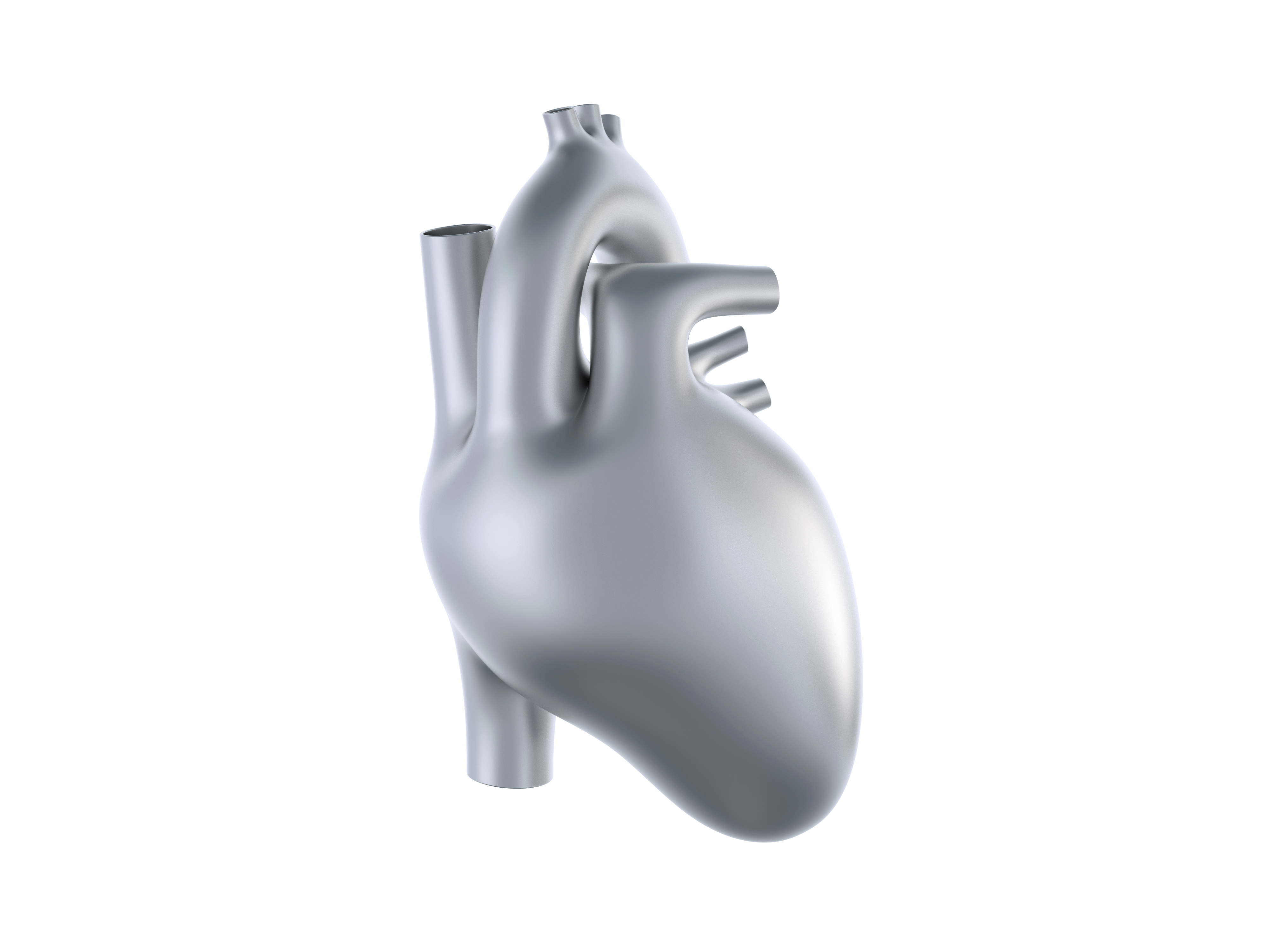What do you suggest to maintain a healthy Iron level? I am a blood donor and have often been deferred because of my count being one point under what is required. – Claudia L.
What a good Samaritan you are! As an experienced blood donor myself, let me first clarify the testing that occurs to determine eligibility for donation. The hemoglobin or hematocrit of one’s blood is assessed, not the actual iron content. Hemoglobin is an iron-containing protein that carries oxygen in red blood cells. There are several factors, including low iron, which may account for a low hemoglobin result. For example, one possible factor is blood loss from frequent blood donation. If you donate 2 or more units of blood per year, you should be taking an iron-containing multivitamin.
You should talk with your doctor about your result, especially since you say your count is often too low for donation. If you indeed find out from your physician that your anemia is due to low iron, then he or she would most likely prescribe iron supplements at an appropriate dose.
Including plenty of iron-rich foods with accompanying Vitamin C sources is a step to maintain healthy iron levels in the body. The RDA for iron is 18 mg per day for women 18-50 years of age. The highest iron foods (providing at least 2 mg per serving) are beans, blackstrap molasses, dark chocolate, dark leafy greens, iron-enriched grain products (some cereals, bread and pasta), mollusks (such as clams, oysters, scallops) , quinoa, soybeans, and red meat. Artichokes, bread, broccoli, dried fruit, egg yolks, fish, lamb, nuts, oatmeal, peanut butter, pork, poultry, and rice are also good sources of iron.
The iron from animals is absorbed better than iron from plants. Eating something high in Vitamin C (ascorbic acid) at the same meal increases the absorption of plant iron. Foods high in Vitamin C include bell peppers, broccoli, Brussel sprouts, cabbage, cantaloupe, cauliflower, grapefruit, kiwi, lemons, limes, mango, oranges, papaya, pineapple, potatoes, spinach, strawberries, tangerines, tomatoes, watermelon and zucchini. An example of combining a plant source of iron with vitamin C would be peanut butter with pure strawberry preserves or hummus with bell pepper strips.
Keep in mind that as a woman you can still have normal hemoglobin and be under the blood service’s cut-off value. A woman with hemoglobin of 12.3 g/dL might not meet the American Red Cross donation criteria of 12.5 g/dL, but hers is still within the normal range for women, defined as 12.1 – 15.1 g/dL per the National Institutes of Health.
– Debbie J., MS, RD
Do you have a question about your diet or nutrition?
Ask our dietitian by submitting your question to nutrition@lafitness.com or simply ask it in the COMMENTS section below. To learn how to follow the “Ask Our Dietitian” Q&A CLICK HERE!





Thanks for the information!!! Recently I got my hemoglobin results and got 7.8. It was bad for me and the doctor recommend me a iron high diet plus iron vitamin pills. This article is helpful for me!!!